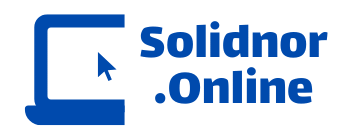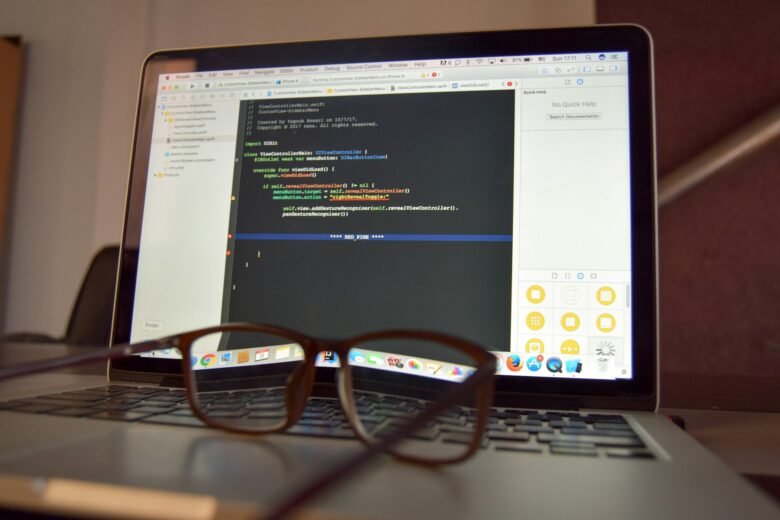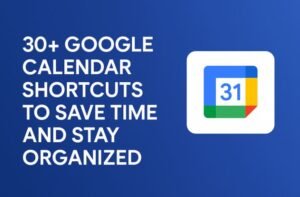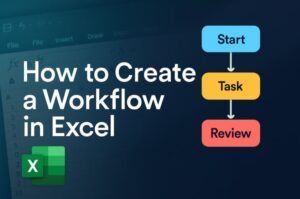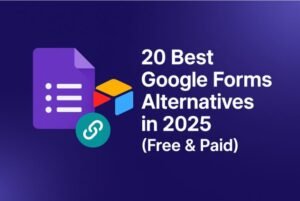Key Takeaways
- Bubble gives you full control but requires time.
- Glide is perfect for fast, simple mobile apps.
- Softr is best for dashboards or directory-based SaaS.
- OutSystems is ideal for enterprise-grade applications.
- Tilda creates beautiful, customer-facing pages.
No matter your tech background, these tools empower you to build and launch in just 48 hours.
Have a killer SaaS idea but no coding experience? You’re not alone. In 2025, building software doesn’t require you to learn Python, hire a developer, or spend months prototyping. Thanks to powerful no-code tools, you can launch a SaaS in a single weekend without writing a single line of code.
Whether you’re a solo entrepreneur, freelancer, or curious student, this guide is your shortcut to success. Let’s explore the top 5 no-code tools to build a SaaS in a weekend (without coding) based on hands-on experience, research, and real-world results. this guide will walk you through the top 5 no-code tools to build a SaaS in a weekend (without coding), complete with real-world tips, expert picks, and a no-fluff tone that gets straight to the point.
Why No-Code Is the Future of SaaS
Breaking the Developer Dependency
Let’s be honest developers are expensive, and you may not have the time (or budget) to hire one. No-code empowers you to build real software without writing a single line of code.
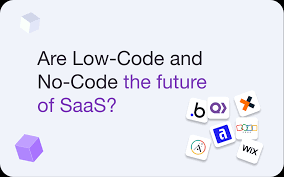
Speed + Simplicity = Startup Magic
No-code tools let you go from idea to prototype in hours, not months. That’s game changing for creators, freelancers, and hustlers.
What Is No-Code?
No-Code vs Low-Code: What’s the Difference?
No-code = zero programming knowledge needed.
Low-code = minimal code, often for developers who want to speed things up.
Real Examples of No-Code in Action
- Airbnb-style platforms made on Bubble
- Internal dashboards on Glide
- Membership portals with Softr
Choosing the Right No Code Tool
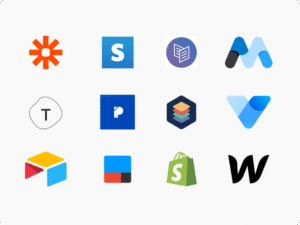
Define Your SaaS Goal First
Are you building a marketplace? A client portal? A CRM? Your tool depends on your goal.
Know Your Audience and Platform
Mobile-first? Desktop? Internal use? These answers help narrow down the ideal no-code platform.
Why No-Code SaaS Is Booming in 2025
No-code tools have matured rapidly. In 2025, they offer:
- Drag-and-drop interfaces
- Backend automation
- Scalable databases
- Payment integrations
- Powerful APIs
This means you can create real SaaS platforms—membership sites, CRMs, marketplaces, analytics dashboards—without coding.
“No-code isn’t the future. It’s the present—and it’s empowering creators from every background.”
— Marie Poulin, No-Code Educator
Comparison Table: Top 5 No-Code Tools for SaaS Building
| Tool | Best For | Pricing | Strengths | Weaknesses |
|---|---|---|---|---|
| Bubble | Full-fledged SaaS apps | Free – $129/mo | Database, API, frontend & backend | Learning curve |
| Glide | Mobile/web apps via Google Sheets | Free – $99/mo | Fast setup, simple logic | Limited design flexibility |
| Softr | Client portals, directories | Free – $59/mo | Airtable-based, pre-built blocks | Less customizable workflows |
| OutSystems | Enterprise-level apps | Quote-based | Advanced backend logic, security | Complex, high learning curve |
| Tilda | Landing pages + SaaS sites | Free – $25/mo | Beautiful UI, eCom ready | Limited database integration |
1. Bubble: The Powerhouse of No-Code

Best for: Complex SaaS apps with user login, workflows, APIs, and database
Why it’s great:
Bubble is arguably the most powerful no-code SaaS builder. You can create apps like Airbnb, Reddit, or Trello all without coding. It handles both the frontend and backend logic.
Features:
- Full visual programming environment
- User authentication
- Dynamic database
- API integrations
- Stripe payment gateway
Personal Tip:
Bubble has a learning curve. If you’re brand new, follow a 1-hour YouTube tutorial before diving in.
2. Glide: Spreadsheets Turned into Mobile/Web Apps
Best for: Rapid MVPs, internal tools, mobile-first SaaS
Why it’s great:
Glide lets you convert Google Sheets into fully functional web/mobile apps. It’s ideal for quick launches like appointment schedulers, feedback systems, and small CRMs.
Features:
- Drag-and-drop editor
- Pre-built templates
- Google Sheets/Airtable sync
- Works great on mobile
Real-Life Use Case:
I built a content planner SaaS using Glide in 5 hours—fully functional and live with user access and login.
3. Softr: Build with Airtable as Your Backend
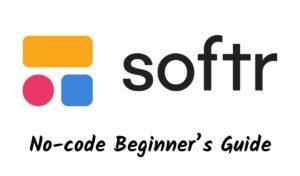
Best for: Marketplaces, job boards, client dashboards
Why it’s great:
Softr gives you beautiful pre-built blocks to turn Airtable into a SaaS platform. You can add authentication, search filters, and membership tiers—all without coding.
Features:
- Secure login & memberships
- Stripe integration
- Custom domains
- SEO optimization tools
Bonus Insight:
If you already use Airtable for your business, Softr makes it a breeze to layer a frontend on top.
4. OutSystems: Enterprise-Level No-Code Tool
Best for: Enterprise SaaS apps, banking, healthcare tools
Why it’s great:
OutSystems goes beyond drag-and-drop—it offers logic flows, machine learning integration, robust user permissions, and multi-device publishing.
Features:
- Robust business logic & workflows
- AI-assisted development
- Offline mode support
- Enterprise-grade security
Heads-up:
OutSystems is powerful but might be overwhelming for solo founders. It’s more suitable if you have a team or want to scale big fast.
5. Tilda: Beautiful SaaS Sites & Landing Pages
Best for: SaaS marketing sites, landing pages, and small apps
Why it’s great:
Tilda specializes in clean UI and great typography. You can integrate with CRM tools, embed payment gateways, and build gated contenteven launch a membership site.
Features:
- 550+ design blocks
- Zero Block editor for custom layouts
- Payment & email integrations
- Analytics & SEO tools
Pro Tip:
Pair Tilda with a tool like Airtable or Zapier for backend workflows.
Bonus Integrations to Supercharge Your No-Code SaaS
Pair these tools with automation platforms to unlock true SaaS functionality:
| Tool | Use Case |
|---|---|
| Zapier | Automate workflows |
| Make | Advanced integrations |
| Stripe | Handle subscriptions/payments |
| Memberstack | Gate content for paid members |
| Airtable | Dynamic database backend |
Add-ons That Supercharge Your No-Code Build
Automations
Use Zapier or Make.com to automate tasks like onboarding, emails, and CRM updates.
Payments and Users
Integrate Stripe for payments or Memberstack for memberships and logins.
Step-by-Step: Build Your First SaaS in a Weekend
Day 1 – Planning and Setup
- Pick your tool
- Create a wireframe
- Choose your features
Day 2 – Build, Test, Launch
- Use templates to build fast
- Connect your database and logic
- Launch a free beta and collect feedback
Mistakes to Avoid as a No-Code Founder
1. Overbuilding Too Early
Start lean. Don’t build features no one asked for.
2. Not Validating the Idea First
Talk to users. Validate demand before investing effort.
Real-Life Success Stories with No-Code
A Solopreneur’s $10k/Month SaaS
Michael Gill built a SaaS product with Bubble and hit $10k MRR within 6 months.
Students Launching Startups
College students are building fully functional SaaS apps as capstone projects using no-code.
SEO, Hosting, and Marketing for Your No-Code SaaS
Getting Found on Google
Use Tilda’s built-in SEO or connect to Google Search Console to start ranking.
Tools to Drive Traffic
Try LemonSqueezy, ConvertKit, and Carrd to build lead funnels.
Which No-Code Tool Is Right for You?
Quick Comparison Table
| Tool | Best For | Ease of Use | Cost |
|---|---|---|---|
| Bubble | Complex apps | Medium | Moderate |
| Glide | Mobile-first apps | Easy | Low |
| Softr | Dashboards/Portals | Easy | Medium |
| Tilda | Design-heavy SaaS | Very Easy | Low |
| OutSystems | Enterprise software | Hard | High |
Conclusion: Don’t Wait. Just Build.
There’s never been a better time to launch your SaaS idea. With no-code tools, you don’t need a developer. You just need ambition, a weekend, and the right platform.
What are you waiting for? Choose your tool, sketch your idea, and start building. No excuses, no code, just creation.
FAQs
1. Is it really possible to build a SaaS in a weekend with no code?
Absolutely! Start with simple features, use templates, and launch a beta version to test the waters.
2. Which no-code tool is best for beginners?
Glide and Softr are the easiest to use if you’re just getting started.
3. Can I monetize a no-code SaaS?
Yes! Use tools like Stripe, Gumroad, or LemonSqueezy to set up payments and subscriptions.
4. Are no-code SaaS tools secure?
Most of them offer solid security features, but always review their privacy policies and data handling capabilities before launching.
5. Can I switch from no-code to full-code later?
Yes. Tools like Bubble and OutSystems offer APIs and export features if you want to scale with traditional code later on.
What Will You Build?
Have an idea in mind?
Share it in the comments!
Want more no-code tips, templates, and tools?
Subscribe to our newsletter and start your no-code journey today.
Let’s build without limits no code required.
